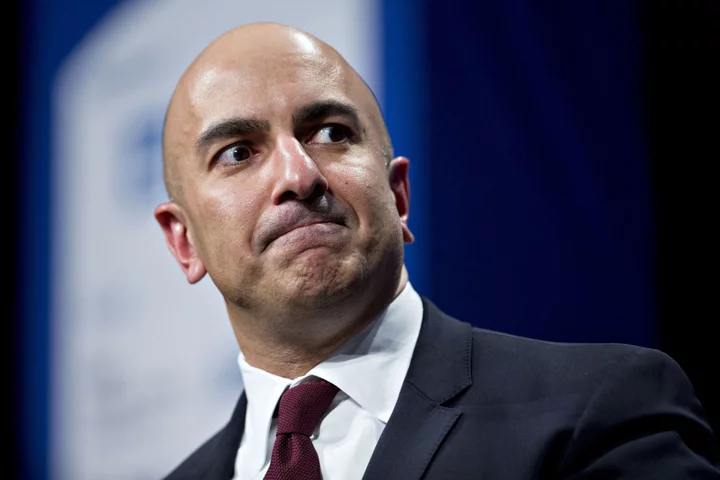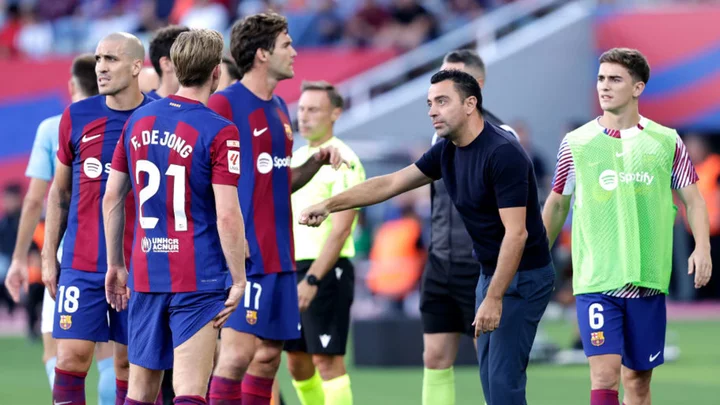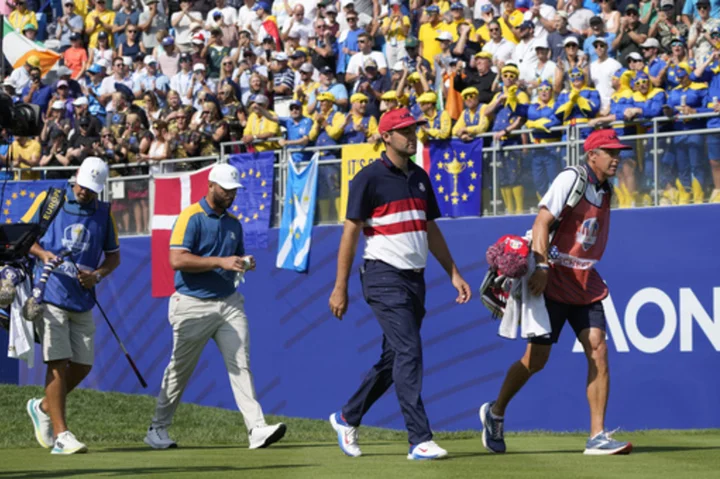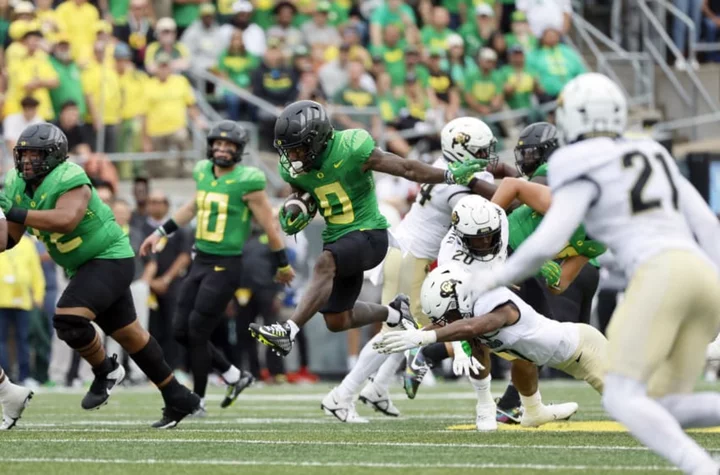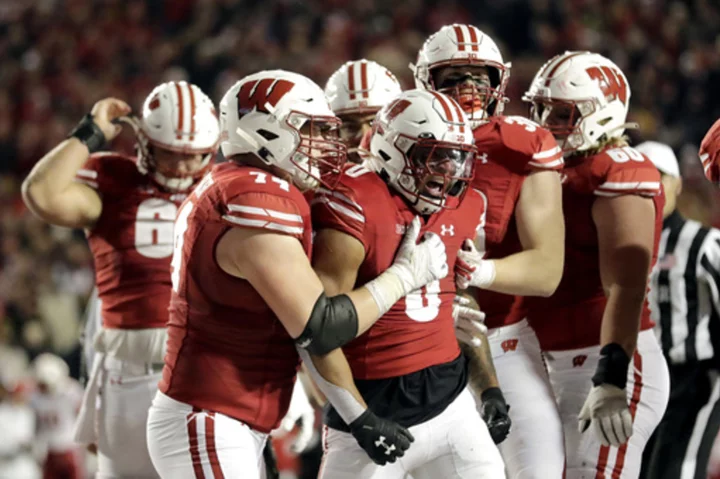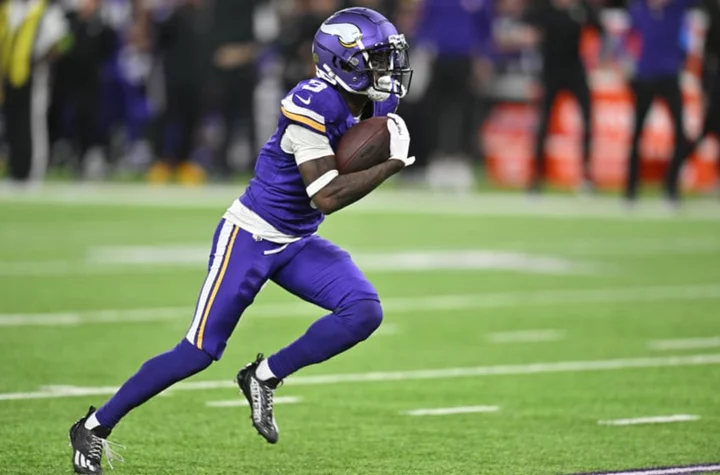Federal Reserve Bank of St. Louis President James Bullard backed two more 2023 interest-rate increases and his Minneapolis colleague Neel Kashkari said if the central bank pauses next month it should signal tightening isn’t over.
Their remarks Monday follow a clear signal from Chair Jerome Powell last week that Fed officials could hold fire at their June 13-14 meeting to assess the impact of past increases on price pressures amid strains on the banking sector.
“I think we’re going to have to grind higher with the policy rate in order to put enough downward pressure on inflation and to return inflation to target in a timely manner,” Bullard told an American Gas Association financial forum in Fort Lauderdale, Florida.
“I’m thinking two more moves this year – exactly where those would be this year I don’t know – but I’ve often advocated sooner rather than later,” he said.
Investors currently see odds of around 22% that officials will hike by a quarter point next month, according to pricing in interest-rate futures contracts.
Bullard is a closely-watched hawk who was an early advocate for aggressive rate hikes before the central bank began lifting borrowing costs last year. He does not vote on the policy-setting Federal Open Market Committee in 2023.
Officials have raised rates 5 percentage points in the past 14 months to curb inflation running more than double their 2% target.
With their benchmark rate now in a 5% to 5.25% target range following a quarter-point increase earlier this month, Powell said Friday that policymakers could afford to watch the data and the evolving outlook.
While growth has slowed and the rate of inflation has declined, the economy remains robust and prices are not cooling as quickly as expected.
On the other hand, credit conditions have tightened following the failure of four regional US banks in recent months, which could help do the Fed’s job for it by slowing growth.
But investors remain wary of the sector, and if further rate hikes cause additional banking strains it could ignite a widespread panic that tips the economy into recession.
Kashkari, who has been another hawkish policy voice and who votes on the FOMC this year, said he’s not seen evidence yet that banking-sector strains are helping to cool prices.
But they might, which is why he’d be comfortable with not lifting rates in June, provided officials leave the door open to going higher if price pressures fail to ease as expected.
“I think right now it’s a close call, either way, versus raising another time in June or skipping. What’s important to me is not signaling that we’re done,” Kashkari said in an interview on CNBC.
“If we were to skip in June that does not mean we’re done with our tightening cycle, it means to me we’re getting more information. Do we then start raising again in July, potentially?” he said.

